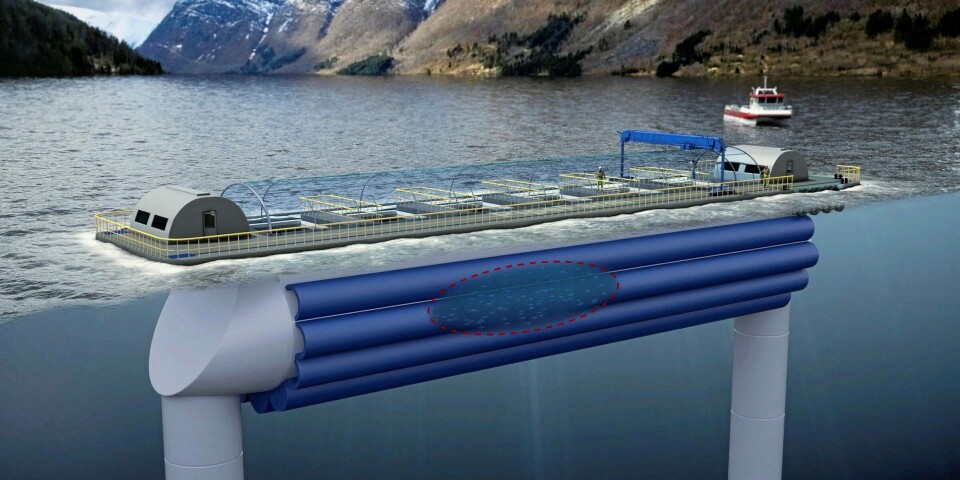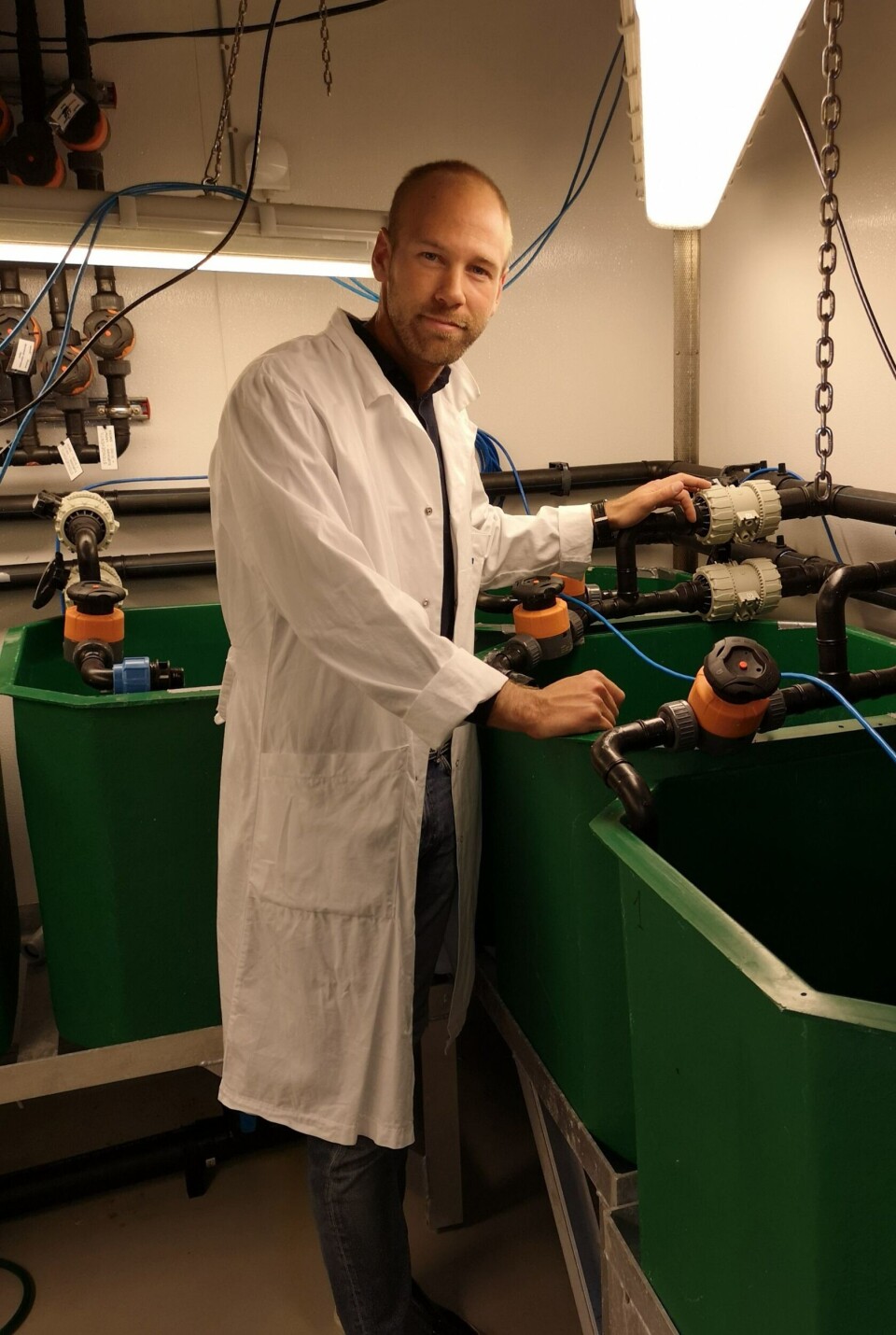
Semi-closed containment better for post-smolt salmon, study shows
Post-smolt salmon in semi-closed containment systems (SCCS) grew far better than those in open net pens, a study has shown.
The SCCS fish also performed better when they were transferred to net pens for grow-out.
The results are contained in a thesis written by researcher Tarald Kleppa Øvrebø as part of a University of Bergen master’s degree.
His study investigated and documented welfare and growth performance of Atlantic salmon through an acute challenge test experiment and a big-scale benchmark study.

Preline and Neptune
The acute challenge test experiment was conducted using post-smolts raised in two large scale semi-closed systems – the Preline system used by Lerøy and the Neptune system used by Mowi - and fish from reference groups raised in open sea cages.
For the two-phase benchmark study, selected production data from six generations of salmon was used to compare growth and performance of fish raised in Preline and in open cages.
Phase one used post-smolts from approximately 100g to 800g in seawater, and fish in SCCS were compared with a reference group from an open sea cage. Phase two used salmon from approximately 800g to 5kg in open sea cages, and compared fish previously reared in SCCS with those from a reference group.
Significantly larger fish
One of the main findings of the thesis is that the fish from SCCS are significantly larger in the growth phase.
In order to have a basis for comparison, the thesis defined some common assumptions as equal starting weight and equal number of individuals (200,000 fish) for the stockings into the SCCS or open pen.
“In a theoretical scenario for the growth phase, we see for the spring outcomes that the estimated biomass favours the Preline strategy (796,764 kg) against the reference in open cage (693,787 kg), despite higher registered mortality in Preline,” writes Øvrebø.
This gives a biomass growth from Preline that is almost 100,000 kg – or 100 tonnes - higher than the reference.
“We also see this trend for autumn releases. The Preline system has an estimated biomass of 905,704 kg, whereas the reference in open cages has an estimated biomass of 603,532 kg.”
The result here is a difference of almost 300,000 kg biomass growth (~ 40%) in favour of the Preline fish for the autumn releases.
“This biomass estimation gives results that favour the Preline strategy for both the spring and autumn exposures in this study,” writes Øvrebø.
Fewer lice and lower cortisol
Fish biology is also affected positively by semi-closed technology.
The findings from the large-scale reference study showed significantly lower lice infestation on fish in Preline in phase 1. Fish raised in the SCCS also showed lower concentration of plasma cortisol, magnesium and lactic acid at baseline levels, giving a stronger response to the acute stress challenge than fish from the reference group.
The thesis, Growth performance and welfare of post-smolt (Salmo salar L.) reared in semi closed containment systems (S-CCS) - a comparative study, and its interesting findings are presented in the latest issue of Fish Farming Expert’s sister publication, Norsk Fiskeoppdrett magazine (requires a subscription).























































